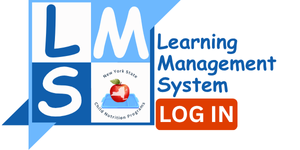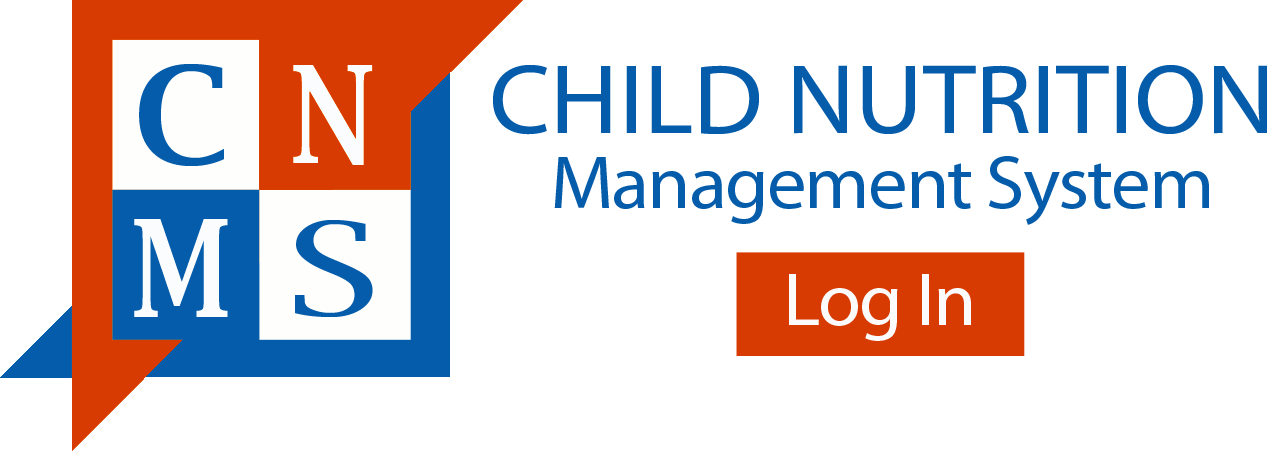 |
THE STATE EDUCATION DEPARTMENT / THE UNIVERSITY OF THE STATE OF NEW YORK / ALBANY, NY 12234 Office of P-20 Education Policy |
The use of prepayment systems is growing increasingly popular. As more and more schools are providing this service, questions have again risen as to if and when it can be used. Consequently, I have revised the December 2005 memo on the subject to address new concerns. The systems are marketed to appeal to parents by offering the convenience of payments for school meals through on-line use of credit cards.
The MealPay System is a point-of-sale (POS) payment system introduced by Horizon Software International. The System was described in detail in the October 14, 2005, Edition (Volume 23, Number 18) of the School Nutrition Professional. One of the heavily marketed features of the software is that parents can assess a thirty-day history of their children's school food purchases. The tracking and point-of-sale system are offered for free, but there is a two dollar transaction fee when money is added to student accounts. Some school food authorities absorb the fee as a cost of doing business and others pass the cost on to students/families.
Another pre-payment system in use, PaySchools, assesses participants a flat percentage of purchases made during the month. (More information on PaySchools is available by contacting the New York School Boards Association at 800-342-3360 (in state only) or 518-783-0200).
After conferring with USDA on the efficacy of these and other similar pre-payment systems, we have the following information. A MealPay/Pre-payment program is allowed PROVIDED there are other payment options available to students that do not involve additional fees for meals in the Child Nutrition Programs. It is imperative that there be at least one method of payment available for school nutrition programs where no additional charges are incurred. Consequently, participation in a pre-payment system must be by choice and voluntary.
Questions have arisen regarding collecting payment from eligible "free" families. While these families can not be charged for free meals, these families may opt to put funds in an account for a la carte items for their children. This is allowable.
Keep in mind that if you are charging reduced priced families more than $.25 per meal if they use these systems, you are sending a message that families can afford those costs. It is contrary to the position that the School Nutrition Association (SNA) has taken, which is that reduced priced families are financially strapped, and that the reduced priced students shouldn't be charged at all. Eliminating Reduced Price (ERP) has been a priority item on the SNA's legislative agenda. This initiative currently is also included in the Governor's Healthy School's Act. Again, eligible reduced families can be charged the fee for this service, providing there is another payment option available to them that doesn't require a fee.
This requirement is in accordance with FNS Instruction 782-6 (5-1-84) which states: "Children participating in School Nutrition Programs shall not be charged any additional fees for supervisory or other services provided in conjunction with the delivery of benefits under these programs. By charging fees in addition to the regular reduced price or paid meal charge, a school is limiting access to the program and imposing additional criterion for participation."
Additionally, in accordance with 7 CFR 245.8(b), "There shall be no overt identification of any of the children by the use of special tokens or tickets or by any other means." School food authorities must ensure that in implementing pre-payment systems that they do not overtly identify students. Overt identification would occur if there were a pattern in participation between income eligibility categories due to the assessment of a fee.
Please contact me if you have any questions regarding this information at 518-473-8781 or fodonnel@mail.nysed.gov



